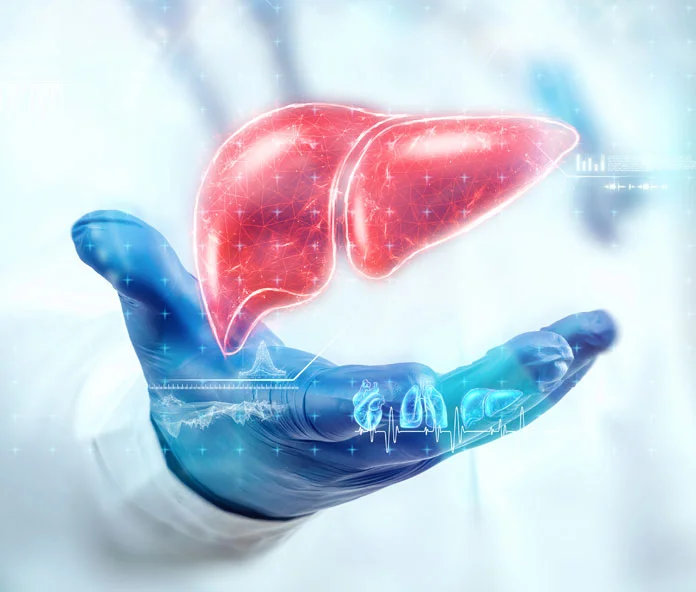


Hepatobiliary cancer encompasses cancers that originate in the liver, bile ducts, and gallbladder. The main types include hepatocellular carcinoma (liver cancer), cholangiocarcinoma (bile duct cancer), and gallbladder cancer.
1. Hepatocellular Carcinoma (Liver Cancer): The most common type of primary liver cancer, hepatocellular carcinoma often develops in the cells of the liver. Chronic liver diseases, such as cirrhosis, viral hepatitis, and certain metabolic disorders, are significant risk factors. Symptoms may include abdominal pain, unexplained weight loss, jaundice, and swelling in the abdomen.
2. Cholangiocarcinoma (Bile Duct Cancer): Cholangiocarcinoma arises in the bile ducts, which carry bile from the liver to the small intestine. Risk factors include primary sclerosing cholangitis (a liver disease), chronic biliary infections, and liver fluke infestations. Symptoms may include jaundice, abdominal pain, and unexplained weight loss.
3. Gallbladder Cancer: This cancer originates in the gallbladder, a small organ that stores bile produced by the liver. Gallstones and chronic inflammation are common risk factors. Gallbladder cancer may cause abdominal pain, jaundice, and bloating.
Early detection of hepatobiliary cancers is challenging, and they are often diagnosed at an advanced stage. Treatment options vary depending on the type and stage of cancer and may include surgery, chemotherapy, radiation therapy, and targeted therapies. Prevention measures include managing risk factors, such as addressing chronic liver diseases, maintaining a healthy lifestyle, and seeking medical attention for persistent symptoms. Regular screenings are crucial for individuals at high risk, such as those with chronic liver conditions.